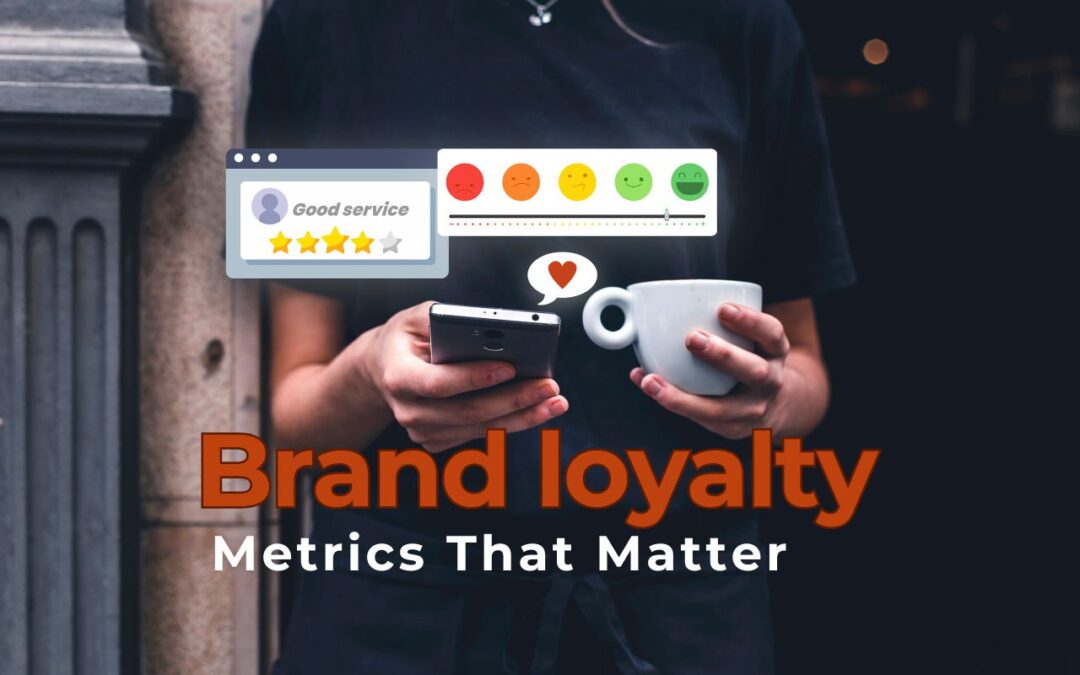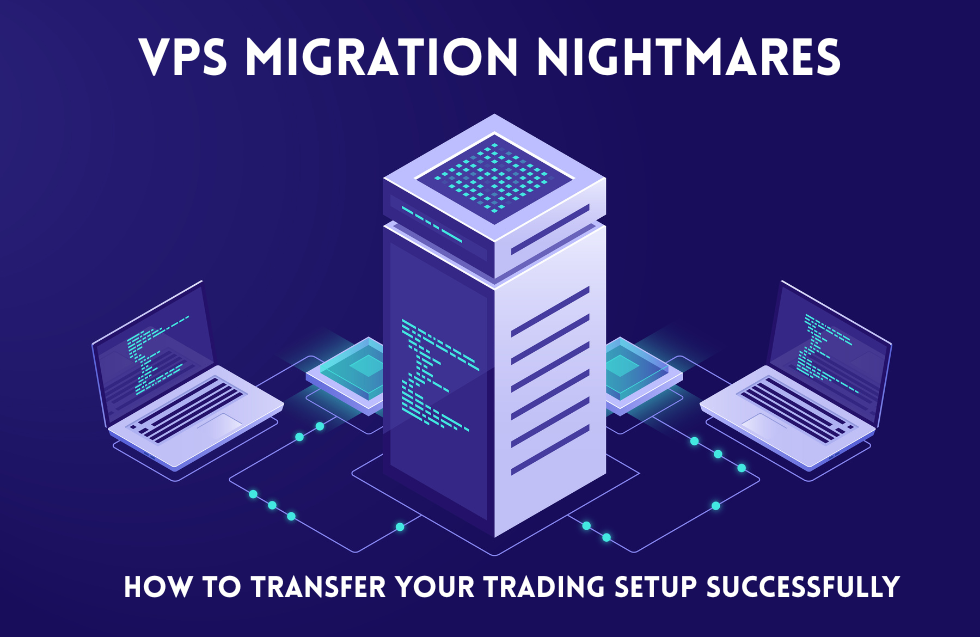Brand loyalty is the emotional and consistent commitment that customers demonstrate toward a brand. It goes beyond one-time purchases, encompassing repeated interactions and advocacy. In a market flooded with competitors, brand loyalty can significantly boost long-term profitability and market positioning.
Why Is Brand Loyalty Important?
Building brand loyalty is crucial for the following reasons:
- Sustained Revenue: Loyal customers tend to make repeat purchases, ensuring steady income.
- Reduced Marketing Costs: Retaining existing customers is cheaper than acquiring new ones.
- Positive Word-of-Mouth: Loyal customers are more likely to recommend your brand to others.
- Competitive Advantage: High brand loyalty can protect against competitors.
However, to effectively leverage brand loyalty, businesses need to accurately measure it. This guide will walk you through the essential metrics and how to utilize them efficiently.
Metrics That Matter in Measuring Brand Loyalty
Measuring brand loyalty is not a one-size-fits-all process. Below are the most critical metrics you need to track.
1. Net Promoter Score (NPS)
NPS is widely regarded as a simple yet powerful metric. It measures the likelihood of customers recommending your brand to others.
How to Calculate NPS:
The score is derived from a single question: “How likely are you to recommend our brand to a friend or colleague?”
- Promoters (9-10): Enthusiastic supporters
- Passives (7-8): Satisfied but not overly excited
- Detractors (0-6): Unhappy customers
Formula: NPS = (% Promoters – % Detractors)
Why NPS Matters:
- Offers a quick snapshot of customer satisfaction.
- Helps identify brand advocates and areas of improvement.
- Can predict future growth based on customer loyalty.
Real-World Example:
Apple’s NPS is notably high due to its loyal customer base, which consistently promotes new products through social media and personal networks.
2. Customer Retention Rate (CRR)
CRR measures the percentage of customers who continue to buy from your brand over a specified period.
How to Calculate CRR:
CRR = ((E – N) / S) × 100 Where:
- E = Number of customers at the end of the period
- N = Number of new customers acquired
- S = Number of customers at the start
Why CRR Matters:
- Indicates customer satisfaction and long-term engagement.
- Helps identify gaps in customer service and product satisfaction.
Example:
Netflix boasts a high CTR due to its personalized recommendations and consistent content updates.
3. Customer Lifetime Value (CLV)
CLV calculates the total revenue a customer is expected to generate throughout their relationship with your brand.
How to Calculate CLV:
CLV = (Average Purchase Value × Purchase Frequency) × Customer Lifespan
Why CLV Matters:
- Determines how much you should invest in customer acquisition and retention.
- Predicts long-term profitability.
Example:
Amazon Prime members have a high CLV due to their frequent purchases and consistent subscription renewals.
4. Repurchase Rate
This metric indicates the percentage of customers who make repeated purchases.
Formula:
Repurchase Rate = (Number of Repeat Customers / Total Customers) × 100
Why It Matters:
- A high repurchase rate shows strong customer satisfaction.
- Useful for evaluating the success of loyalty programs.
5. Customer Satisfaction Score (CSAT)
CSAT measures how satisfied customers are with a specific interaction or overall experience.
How to Calculate CSAT:
CSAT = (Number of Satisfied Customers / Total Respondents) × 100
Why CSAT Matters:
- Directly measures customer contentment.
- Helps address issues in customer service and product quality.
Example:
Retail giant Zara regularly tracks CSAT to enhance the in-store and online shopping experience.
Advanced Techniques for Brand Loyalty Analysis
Beyond the basic metrics, businesses can employ advanced techniques for deeper insights.
1. Sentiment Analysis
- Uses natural language processing to assess customer emotions in reviews and feedback.
- Helps identify positive and negative brand associations.
2. Cohort Analysis
- Tracks customer groups (cohorts) over time to evaluate changes in loyalty.
- Helps identify trends in customer behavior and retention.
3. Predictive Analytics
- Uses historical data to forecast future loyalty trends.
- It can help anticipate churn rates and the effectiveness of loyalty programs.
Case Studies
Starbucks: Leveraging Loyalty Programs
Starbucks’ Rewards program drives repeat visits and builds community engagement. By offering personalized offers and mobile payment options, Starbucks maintains a high CRR and brand loyalty.
Nike: Emotional Connection Through Branding
Nike builds loyalty by integrating community and social responsibility into its brand narrative. The “Just Do It” philosophy creates a personal bond with customers, leading to long-term loyalty.
Future Trends in Measuring Brand Loyalty
- AI-Powered Insights: Automated analysis of customer interactions for real-time loyalty measurement.
- Behavioral Economics Models: Understanding the psychological factors that influence loyalty.
- Sustainability as a Loyalty Factor: Customers increasingly prefer brands with ethical practices.
Conclusion
Brand loyalty measurement is vital for sustainable growth. By using metrics like NPS, CRR, CLV, and CSAT, businesses can better understand customer sentiments and take actionable steps to enhance loyalty. Implementing personalized experiences, loyalty programs, and consistent customer engagement are proven methods to nurture lasting relationships. Advanced techniques such as sentiment analysis and cohort studies can offer deeper insights, while future trends highlight the need for adaptive strategies.












